Virginia Tech Helmet Study Part 2 - The Aftermath

The dust has settled a little bit, but there are still a lot of questions about what the results from the Virginia Tech Helmet Safety Study really mean. A lot of the initial reaction was shock and confusion, so we’re here to help clear up some of the questions and myths that are already swirling.
Did the headform used actually resemble a human head in terms of performance? YES. A NOCSAE head form that is generally accepted for sports testing was used and the composition of the headform most closely resembles a human head.
Did the helmets fit the head form? YES. Helmet position on the headform was set according to fitting guidelines provided by the manufacturer. The helmet size conformed to the headform and was properly fitted. Sensor packs were located within the headform. Per the researchers, as long the helmet remained in the proper position for the initial impact of the pendulum, accurate data was collected.
Do the gender settings of the headform matter for the type of data collected? NOT REALLY. The pendulum impacted a helmeted, medium NOCSAE head, which was modified to fit a 50th percentile male Hybrid III neck. Yes, we know that there are differences in the ligaments between males and females, and yes, in the future there might be an analysis to see if there’s a difference in the data, but the measurements were focused on the energy being derived from the direct hits to the helmet.
The helmets didn’t account for hair, did they? NO. The researchers’ general view is that hair acts as an additional slip plane that is beneficial in preventing shear injuries, but as with any helmet, whether hair up, hair down, or no hair, fit is key. If the helmet fits, it can be effectively measured.
How were helmets tested? Test conditions included three impact locations and two impact speeds .to simulate low and high impact falls.
Did each helmet get hit multiple times? YES. Four samples of each helmet model were subjected to one impact per location and speed. Two trials were performed at each of the six test configurations, producing a total of 12 impacts per helmet model. This means that the same area was not impacted twice on a helmet, so the EPS layer specifically was not compromised prior to each hit.
Does the shape of the helmet tested matter? NO. There was a lot of conversation about if the helmets tested were long oval or round. For the purposes of the test, it doesn't matter. It matters that the helmet fit the headform. Don't go reading into the results that helmets that tended to be long oval performed worse or performed better. Shape did not make a difference in how the test was performed or the data received.
What does high impact vs. low impact mean? It actually refers to height in this case. More falls are low impact in that people usually don’t drop like a rock from the full height of a horse. After doing significant video analysis of myriads of falls, the researchers found that falls are actually slowed because a rider might hit or grab the horses neck before reaching the ground, be slowed by pulling the reins, etc. A high impact fall would be where a rider is bucked off, being thrown free and clear from the horse with no interference in the fall. Because low impact falls are of a higher occurrence, those were weighted more heavily in the results.
What does it mean that so many MIPS helmets didn't perform well and so many helmets without it tested strongly? MIPS is a technology aimed at helping reduce concussion occurrence. From the researchers' perspectives, it cannot hurt and can only help. But it's not the only technology in a helmet that can reduce concussion, and there are many other factors at play in helmet construction. So a well designed and constructed helmet without MIPS can perform as well as or better than those with it. And if it's not a good helmet, MIPS won't necessarily make it a better one.
What is the difference in the STAR Score vs. the STAR Rating? And why is a high score for one better and a low score better for the other? The STAR Score reflects the number of concussions an average person might experience across the number of impacts to the helmets. A low score means that a person might experience fewer concussions in that particular helmet. Think of it like a gold score – LOWER IS BETTER. This is then translated into a rating to make it easier for a consumer to determine the category the helmet falls in. so a 5 STAR helmet is the highest performing, followed by 4, etc.
Touching on a few other things that have been swirling:
We were all very excited about the Virginia Tech study. Methodology was released well before the study was conducted. Now that the results are out, we’ve seen a lot of statements attacking the methodology and the results. To be frank, unless you are a PhD engineer or scientist with a focus on sport injury and helmet development/testing, you don’t have a lot of room to attack. To question is completely fair. To struggle to understand is reasonable. To attack is not acceptable. Our first response should be to want to learn.
Next, do not run to the nearest tack store to buy a new helmet just because of these ratings. The STAR rating is a single piece of information in a larger puzzle about what the right helmet is for you. As we’ve previously stated, HELMET FIT MATTERS. CERTIFICATIONS MATTER. You need to take all of the information about a helmet into account to determine which helmet is right for you. If concussion prevention is the most critical concern for you, then the STAR rating will be a bigger piece of your puzzle. But if crush injuries are more important, then you want to make sure your helmet has a PAS 015 certification and/or SNELL and a lower STAR rating might be acceptable to you as a trade-off. In a few days, we’ll publish a grid to make it easy to see the different ratings, certifications, and technologies in the helmets tested.
What we hope is that the results do two things:
- Provide us information to make the best, most informed decisions for ourselves, in concert with all of the data available for each particular helmet.
- Help manufacturers design and produce better, safer helmets.
This is a starting point, not an ending point.
In closing, reach out to the experts in your community. We mean professional helmet fitters. They should know the certifications for each helmet they carry. They should know what helmet fits you best. Use them as a resource to help you make an informed decision about which helmet meets your specific needs. And yes, your riding level and discipline should also be considered in the process.
As always, we’re here to help. Feel free to reach out with any questions!



